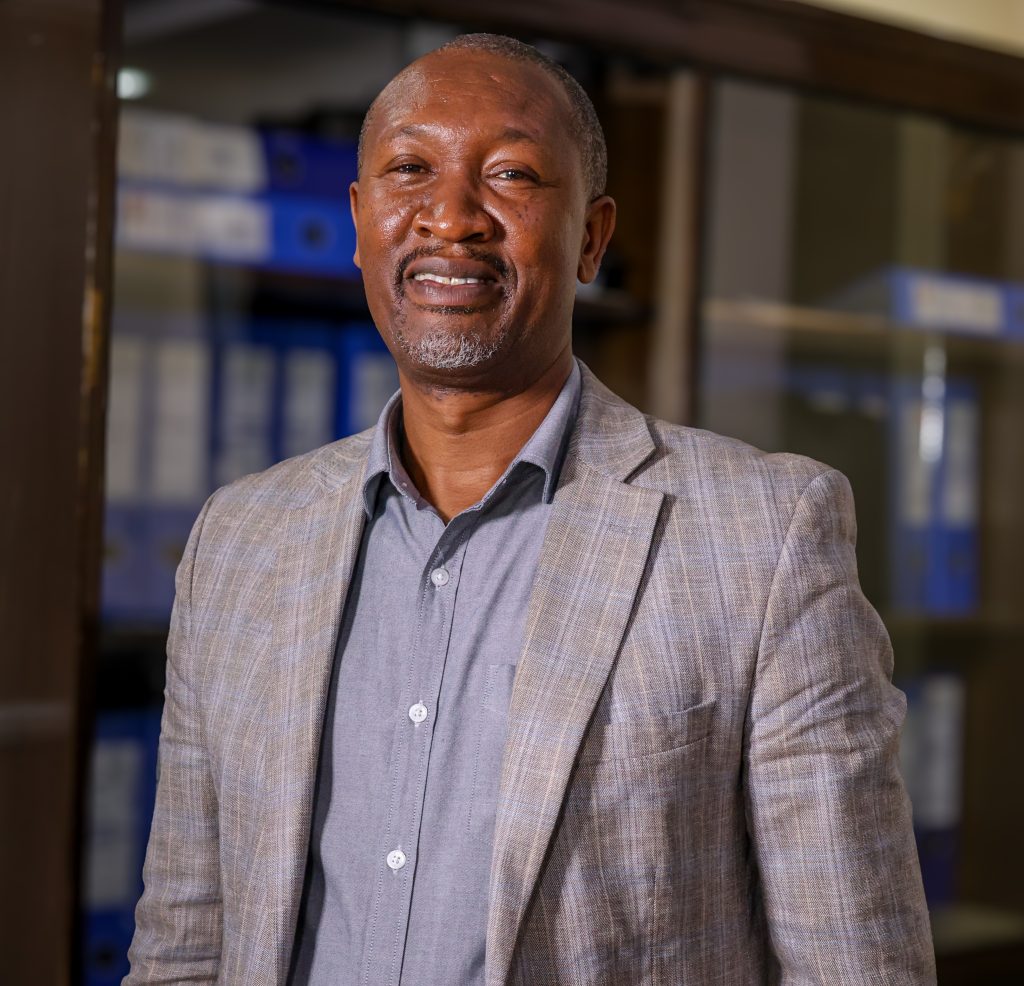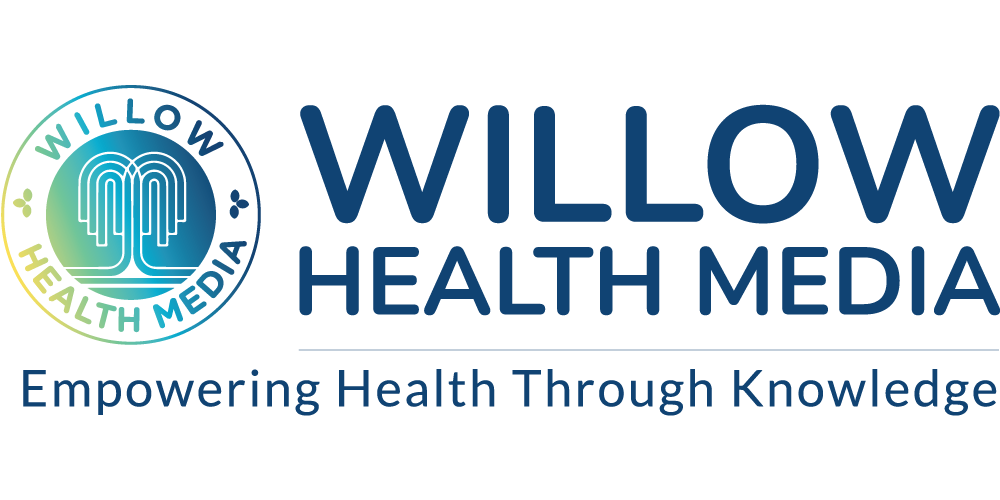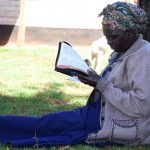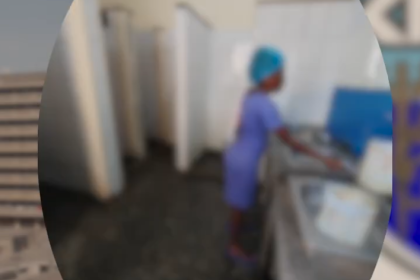Digital tools like the KHA Patient App help to track new haemophilia cases, connect patients to treatment, and empower patients to understand their condition better
Karanja Maina has spent his life dealing with pain while living with haemophilia, a rare genetic disorder that stops blood from clotting properly. The prevalence of haemophilia is about one in 5,000 males, affecting about one in 10,000 people worldwide.
But in Kenya, haemophilia is often not diagnosed, and many people don’t know about it, leaving patients like 48-year-old Maina with little support. Yet, the Social Health Authority (SHA) does not currently cover haemophilia treatment.

Maina was diagnosed as a child after a finger injury caused bleeding that wouldn’t stop, “even after being taken to Murang’a District Hospital”.
“There wasn’t much knowledge about haemophilia even in the hospitals, which lacked the medical setup and awareness,” recalls the businessman and father of three. “My elder brother had haemophilia and my parents suspected I had the same condition”, but Maina only received a formal medical diagnosis way later in life.
School was difficult with many missed classes. “I even missed my final exam and had to repeat the class,” says Maina, who now lives in Nairobi’s Gikomba area. “Every injury meant a hospital admission because no one knew how to handle haemophilia.”
Things have now improved with special haemophilia clinics, including an emergency unit at Kenyatta National Hospital, “specifically for haemophilia patients that never existed before.”
Over time, his knee has been badly damaged, forcing him to use crutches, and he has developed arthritis from years of joint bleeding. Maina self-medicates, Factor 8, at home, but laments that access is limited as “The drug is very expensive. We rely heavily on donations. Sometimes I have to use ice water in a bottle to reduce swelling when I bleed.”
Families often rely on donations or sell assets to cover repeated haemophilia costs
A single clotting-factor dose for a child costs between KSh50,000 and about KSh300,000 per infusion for an adult. And patients often need two to three vials per treatment episode.

Besides donor-funded treatment, other expenses include transport, accommodation, consultation and emergency infusion costs, which “becomes a burden to some patients who end up missing treatment,” says James Kago, who sits on the Kenya Haemophilia Association (KHA) board. “Families often rely on donations or sell assets to cover these repeated costs.”
Haemophilia is also not covered by private health insurance as it is considered a congenital, chronic and pre-existing condition outside standard coverage limits, explains Kago.
Maina married Ruth Karanja in 2010, and she recalls, “The night we got married, he got injured from all the activities. But that didn’t change how I felt.”
“When he’s in pain, the best thing I can do is love him more and stay calm. He doesn’t need stress, just support,” which he has also received from his parents, school and community as they “knew about my condition,” says Maina. “I made sure to communicate it. That support made things easier.”
Then there is Anthony Odeck. His struggle with haemophilia started after birth when doctors noticed “My umbilical cord was continuously oozing fresh blood,” Odeck, now a 32-year-old lawyer, says. Doctors diagnosed him with Haemophilia A in which blood can’t clot properly because it’s missing an important protein (Factor 8).
Siblings and parents didn’t understand me. I ended up secluded, in solitude. I became suicidal
At school, Odeck faced shame and bullying. “They made fun, called me weak or disabled. One day you’re okay, the next day you’re on crutches. One day you’re in school, the next you’re gone for a month. It affected my grades and self-esteem.”

The lack of understanding took a heavy toll. “Siblings, parents didn’t understand me. I ended up secluded, in solitude. I became suicidal.”
Odeck’s turning point came in 2017 when he joined the board of the Kenya Haemophilia Association (KHA), and international conferences showed him global efforts for better access to treatment, awareness and mental health support.
Irene Wakaba from Wangige, Kiambu County, is a mother of three and a full-time teacher who is also the main caregiver to nine-year-old son, Ethan, who suffered Haemophilia A at eight months.
“Life has to change,” Irene says. “You can’t leave that child alone. You have to ensure he doesn’t fall, doesn’t cut himself, and doesn’t bang into things. It becomes your full-time job.”
People told me it was a curse or something that only happened in Western Kenya
It wasn’t the first time she was dealing with the condition. Her second-born son developed a severe forehead swell after a minor injury. The three-and-a-half-year-old was diagnosed with haemophilia, and died a week later.
“I didn’t know blood could fail to clot naturally,” Irene says. “It was traumatizing. People told me it was a curse or something that only happened in Western Kenya. That’s when I started doing my own research.”

“When Ethan gets a minor bleed, I give him tranexamic acid to slow the bleeding,” she explains. “I also use an ice pack, but I have to wrap it in a towel to prevent burns. Still, if the bleed is serious, we must get to the hospital within an hour. No delays.”
But access to life-saving treatment like Factor 8 is not consistent and heavily depends on international donations and “We can go months without it depending on donor supply.”
“You might visit the hospital three to four times a week—sometimes daily—and pay every time,” says Irene. “Many parents can’t work because caring for these kids becomes a full-time job.”
Irene also lives with haemophilia. Her menstrual periods last up to 14 days, and “I use more than six or eight packets of pads each month. Childbirth was also hard. I bled for more than three weeks.”
SHA does not cover clotting factor medications, treatment visits, or bleed management for haemophilia
No clotting-factor concentrates are registered with the Pharmacy and Poisons Board (PPB), meaning “these drugs aren’t available for commercial sale in pharmacies,” says Kago. “They must be supplied through donors or specialised clinics.”
SHA does not cover clotting factor medications, treatment visits, or bleed management for haemophilia. “SHA only pays for the usual hospital inpatient coverage…it doesn’t cover the outpatient that haemophiliacs need more,” says Kago.

The Benefits Package and Tariffs Advisory Panel (BPTAP), gazetted on April 23, 2025, has not yet listed haemophilia among the conditions prioritised for coverage. However, it still could be included, since the panel’s mandate allows it to identify gaps in chronic and emergency care.
Dr Kibet Peter Shikuku, a haematologist, explains, “Clotting is a function of the X chromosome. Women have two X chromosomes, while men have only one. So, if a mother passes down an abnormal X, her son lacks a backup, and that’s when haemophilia manifests.”
Haemophilia often becomes clear after routine procedures like vaccinations or circumcision. But in Kenya, many cases go undetected or are wrongly diagnosed because “Many clinicians are unfamiliar with them, and most hospitals still lack the necessary testing equipment,” says Dr Kibet.
I’d say I have haemophilia, and the doctor would look at me like I was speaking Greek
With 18 per cent of the world’s population, Africa represents less than three per cent of patients identified as having haemophilia, and only two per cent of those use clotting factor concentrates (CFCs) for treatment, according to the World Federation of Haemophilia (WFH).
“I’d walk into a hospital and say I have haemophilia,” recalls Maina, “and the doctor would look at me like I was speaking Greek.”
Dr Kibet agrees that many patients know more than the doctors and “Some tell the doctor exactly what Factor they need, how much, and how to administer it, because the doctors just don’t know.”
Kenya relies heavily on donations from organisations like WFH for essential clotting medications, which Dr Kibet argues the country should be buying, as currently SHA hardly covers “people with bleeding disorders.”
“Even if SHA covered just a few doses of Factor, it would go a long way,” Irene pleads. “We contribute to the scheme, but our patients get nothing in return.”
David ole Sankok, an MP at the East African Legislative Assembly and disability advocate, regrets that “by the time the SHA law was being drafted, I had already left the National Assembly. Otherwise, we would have pushed to include haemophilia in the benefits package.”
The new Disabilities Act 2025 provides tax relief for caregivers, parents and guardians
Sankok tabled Petition No. 60 in 2019, calling for government recognition and a Ksh500 million budgetary support for haemophilia patients, but it was never passed in the final budget.”
However, during Sankok’s time as Chair of the National Council for Persons with Disabilities (NCPWD), haemophilia was officially recognised as a disability under Kenyan law, unlocking benefits including import waivers “for medical equipment or vehicles,” says Sankok. “They’re also accessing government tenders through the Access to Government Procurement Opportunities (AGPO).”

But now the new Disabilities Act 2025 provides tax relief for caregivers, parents and guardians, capped at Ksh150,000 annually.
While haemophilia is commonly seen as a ‘men’s condition’ Dr Kibet says women face serious health problems often “dying in silence…during childbirth and menstruation.”
The WFH estimates that over 75 per cent of people living with haemophilia worldwide have not yet been identified and diagnosed. According to KHA, the country should have between 5,300 to 5,500 haemophilia patients, based on the global rate of 1 in 10,000. Yet only 1,188 are officially diagnosed and receiving care. That means over 4,000 people remain undiagnosed or untreated.
“There’s no region in Kenya that is exempt,” Dr. Kibet stresses. “If you go to any community, one in every 10,000 has haemophilia or one in every 5,000 males is likely to have haemophilia.”
KHA runs 25 treatment centres across Kenya, providing free factor concentrates
This underdiagnosis reflects global patterns. The prevalence of haemophilia varies globally, with close to 100 per cent of patients diagnosed in high-income countries and as low as 12 per cent diagnosed in lower-income countries.
KHA runs 25 treatment centres across Kenya, providing free factor concentrates to over 1,000 haemophilia patients through county hospitals. They use digital tools like the KHA Patient App to find new cases and connect patients to treatment, and it “helps patients understand their condition better,” says Kago.

The global myWBDR App helps in tracking bleeds and treatments, TeleAfya is for remote doctor consultations and medicine delivery, while M-TIBA mobile wallet helps in saving for treatment costs.
For rural areas, Gabriel Teleconsultations works via simple SMS (no app needed), letting patients consult doctors through text, photos or video calls.
The stories of Maina, Odeck, and Irene highlight both the progress made and the challenges that remain in Kenya’s approach to haemophilia care.
While specialised clinics now exist and awareness is growing, the lack of insurance coverage and reliance on donations continue to make life difficult for patients and families dealing with this rare but manageable condition.





















